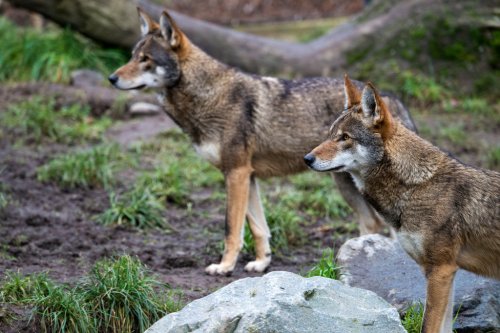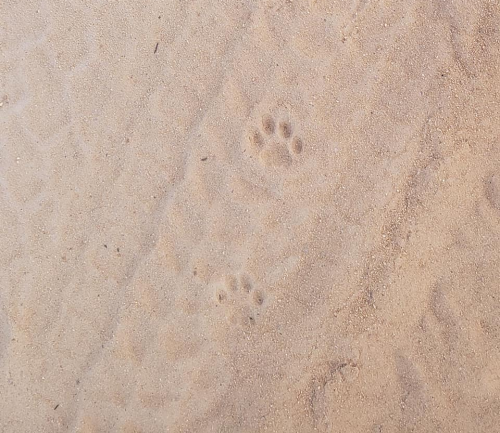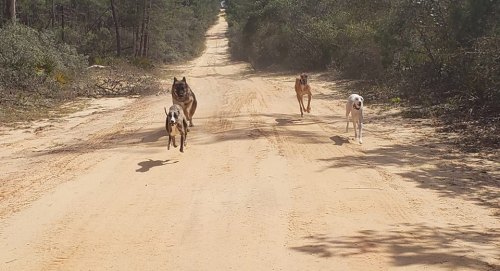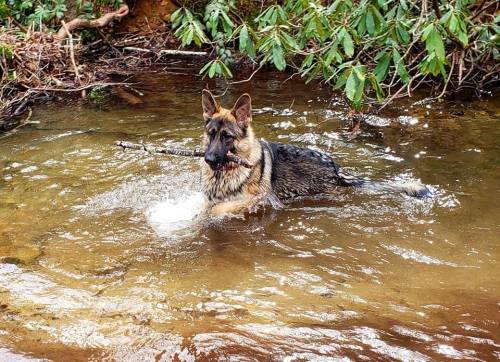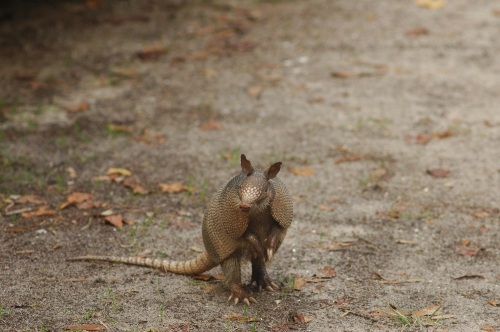
We like to think of our common fauna as having always had their current range. It would be news to most people that at the time of European contact, red foxes were uncommon south of New York State and were unknown south of the northern tier of Pennsylvania. The clearing of the forests allowed red fox to colonize southward. Similarly, the Virginia opossum did not range north of a line that stretches from extreme southern Ohio through to Virginia. The expansion of agriculture, the killing of predators, and a generally warming climate have allowed the opossum to make it into Canada.
In recent decades, a new species has begun to shift its range. The nine-banded armadillo is the only xenarthran found north of Mexico. This is a bit of an oddity in the history of mammals on this continent, because the US was once home to several species of ground sloths and a species of glyptodon. Until around the year 1850, there were no armadillos in the US. But after 1850, the armadillo became known in Texas. Maybe it swam the Rio Grande. Maybe soldiers coming back from the war in Mexico turned them loose. We really don’t know. But Texas became the epicenter of armadillo’s colonization of the United States.
It began its range expansion from Texas up through the central states. It is well-established in parts of Missouri, Southern Illinois, and Kansas. They have also colonized Eastern Colorado. So these creatures are quite cold tolerant.
In the 1920s, it was introduced to Florida, and from Florida, it has launched its eastern colonization. Because it had a comparatively late start, this colonization northward has been quite a bit behind the colonization of the Central states.
But it is on its way. We now have reports of them in the Smoky Mountains National Park, Smoky Mountains National Park, parts of Western North Carolina, and even sightings of them in Southwestern Virginia.
Milder winters are certainly helping their advance. Their diet is primarily insects, and when the winters fail to kill of their food, the armadillos have much easier time surviving in the cooler parts of North America.
This colonization is a sort of replacement. During the Pleistocene, a close relative of the nine-banded armadillo lived over a broad swathe of the United States. This relative, the beautiful armadillo (Dasypus bellus), lived from New Mexico to Florida and up to Indiana and Illinois. This remains of this species are quite difficult to tell apart from the modern nine-banded species, but it is likely that these animals behaved quite similarly.
However, because it lived in these regions during the Pleistocene, it had to have been even more cold tolerant than the nine-banded species.
So armadillos went extinct from much of the United States when the Holocene rose out of the Pleistocene, and now we have a very close relative restored during the Anthropocene.
Of course, the armadillo invasion means some potential risks. Nine-banded armadillos are a vector for leprosy, and it is quite possible for humans to catch leprosy from armadillos. As armadillos become more common in the United States, the potential for a rise in leprosy cases certainly exists.
So the armadillos have hit the Southern Appalachians. In a few years, we’ll hear of them in the Central Appalachians, and then they will reach their projected northern range limit in Pennsylvania and Ohio. They could potentially colonize the Eastern Seaboard as far north as Massachusetts.
So they march northward, armored up for protection.
